Raz El Hanout: The Spice Mix That’s More Mysterious Than Your Ex’s Text Messages
If you’ve ever walked into a Moroccan souk and been hit by an intoxicating aroma that made your nose do a double-take, chances are you were breathing in the magic of Raz El Hanout. But what exactly is this enigmatic blend? Why does it have so many variations? And can you really make it at home without hiring a spice alchemist?
In this article, we’ll dive deep into the heart of one of North Africa’s most legendary spice mixes — uncovering its secrets, sharing pro tips for using it like a culinary rockstar, and giving you all the flavor facts you never knew you needed.
Table of Contents
- What Is Raz El Hanout Anyway?
- A Dash of History: How Raz El Hanout Became a Star
- Inside the Spice Cabinet: What Goes Into Raz El Hanout?
- From Marrakech to Marseille: Regional Twists on the Blend
- How to Use Raz El Hanout Like a Pro (No Souk Required)
- Pro Tips & Flavor Hacks: Get the Most Out of This Magic Mix
- Homemade vs. Store-Bought: Which One Wins the Spicy Showdown?
- Conclusion: Raz El Hanout — Worth the Mystery?
What Is Raz El Hanout Anyway?
The name literally translates from Arabic as “top of the shop” — suggesting that only the finest spices are worthy of this blend. In Morocco, it’s traditionally made by master spice merchants who mix their own secret combination of up to 30 different ingredients. Some recipes even include rare or expensive spices like saffron, long pepper, or grains of paradise.
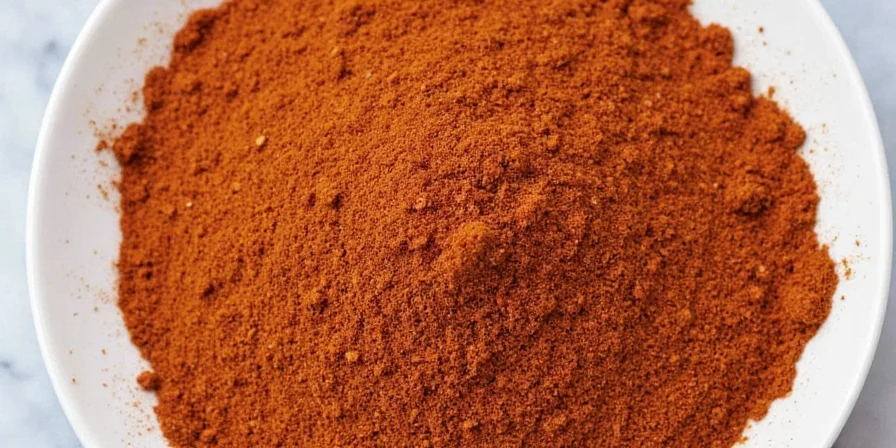
Raz El Hanout isn’t just about flavor — it’s about tradition, artistry, and the subtle science of balancing aromatics, warmth, and earthiness.
A Dash of History: How Raz El Hanout Became a Star
Raz El Hanout has roots that stretch back centuries in North African cuisine. Originally used in celebratory dishes like lamb tagines or couscous for special occasions, it was considered the crème de la crème of spice blends.
As trade routes expanded, so did its fame. Today, it’s found not just in Morocco but across France, the Middle East, and even modern American kitchens where chefs use it to add complexity and depth to everything from burgers to popcorn.
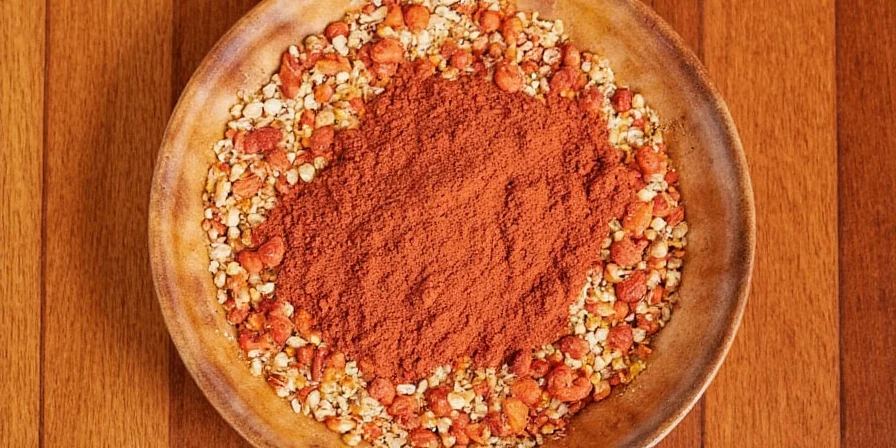
Inside the Spice Cabinet: What Goes Into Raz El Hanout?
The beauty — and challenge — of Raz El Hanout lies in its variability. No two blends are exactly alike. However, here’s a general breakdown of common ingredients:
| Spice | Purpose / Flavor Profile | Common Usage Level |
|---|---|---|
| Cumin | Earthy, nutty, warm | High |
| Coriander | Sweet citrus notes | High |
| Paprika | Smoky sweetness + color | Moderate |
| Turmeric | Earthy, bitter, golden hue | Moderate |
| Cardamom | Fragrant, floral, sweet-spicy | Low to moderate |
| Cinnamon | Warm, sweet, woody | Low |
| Nutmeg | Rich, slightly sweet, complex | Low |
| Allspice | Berry-like, clove-like, peppery | Low |
| Ginger | Peppery, fresh heat | Moderate |
| Fennel Seeds | Anise-like, licoricey | Optional |
| Cayenne Pepper | Heat kick | To taste |
Some premium blends might include rare additions like galangal, dried rose petals, or even tiny amounts of musk or ambergris — though those are best left to vintage perfumers.
From Marrakech to Marseille: Regional Twists on the Blend
While the base spices remain consistent, local preferences shape the final mix:
- Marrakech style: Tends to be more robust with higher cumin and paprika content.
- Fez style: Adds floral notes via rose water or orange blossom.
- Tunisian version: Often includes harissa or chili for extra heat.
- French influence: Used in braise-heavy dishes and stews, often mellowed with cream or butter.
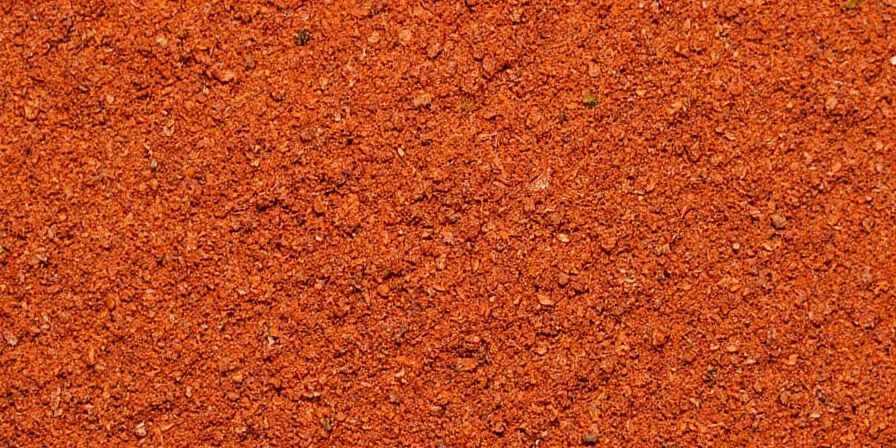
How to Use Raz El Hanout Like a Pro (No Souk Required)
Raz El Hanout is incredibly versatile. Here are some classic and creative ways to use it:
- Marinades: Rub onto lamb, chicken, or beef before roasting or grilling.
- Stews & Braises: Add a teaspoon per serving to lentil stews, chickpea curries, or eggplant-based dishes.
- Vegetable Roasts: Sprinkle over cauliflower, carrots, or squash before baking.
- Grain Dishes: Stir into couscous or quinoa for instant flavor lift.
- Snack Attack: Toss popcorn, nuts, or roasted chickpeas with a dash for gourmet street food vibes.
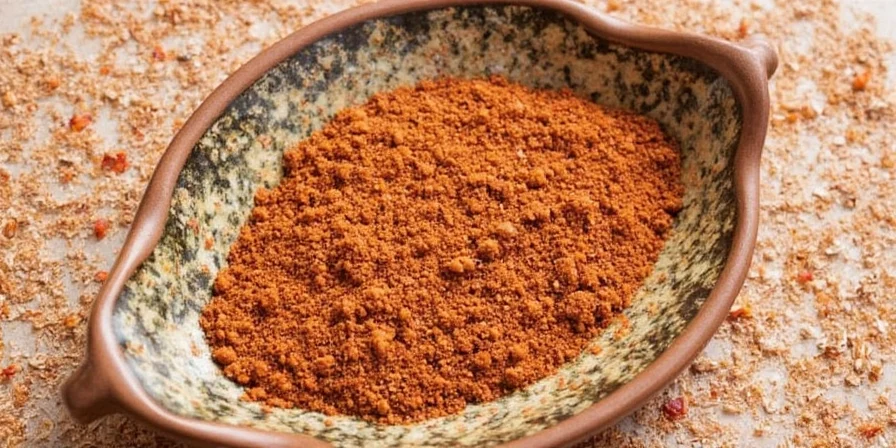
Pro Tips & Flavor Hacks: Get the Most Out of This Magic Mix
- Toast it first: Lightly dry toast the spice blend before use to awaken its volatile oils and intensify the aroma.
- Balance is key: A little goes a long way — start with ½ tsp per dish and adjust gradually.
- Add early: When cooking with meats or root veggies, add the blend at the beginning to let flavors meld.
- Blend with oil: Create a paste with olive oil, lemon juice, or yogurt to infuse marinades evenly.
- Store smart: Keep in a cool, dark place in an airtight container — freshly blended mixes should be used within 3–6 months.
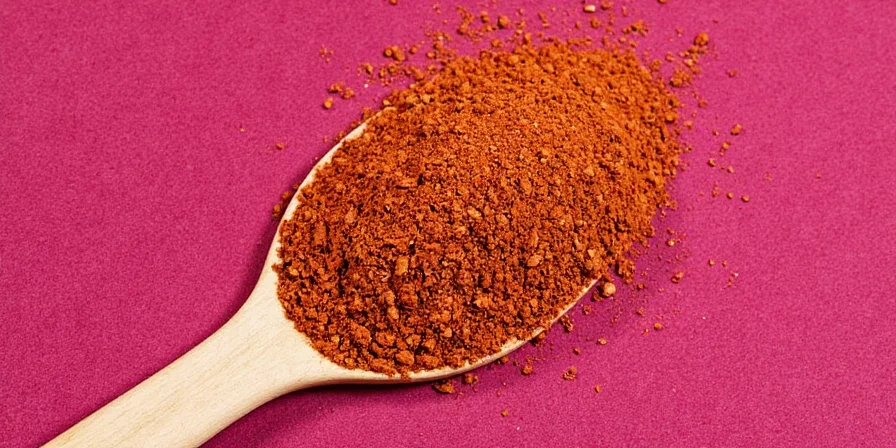
Homemade vs. Store-Bought: Which One Wins the Spicy Showdown?
| Aspect | Homemade Raz El Hanout | Store-Bought Blend |
|---|---|---|
| Flavor Complexity | Customizable, nuanced, fresh | Predictable, sometimes flat |
| Effort Required | Time-consuming, requires planning | Instant gratification |
| Variability | You control the blend | Varies wildly between brands |
| Cost | Can be expensive if using rare spices | Budget-friendly options available |
| Convenience | Batch prep recommended | Grab-and-go ready |
For true flavor nerds, homemade is the way to go. For weeknight dinners, a high-quality store-bought version can still pack a punch — just read labels carefully!
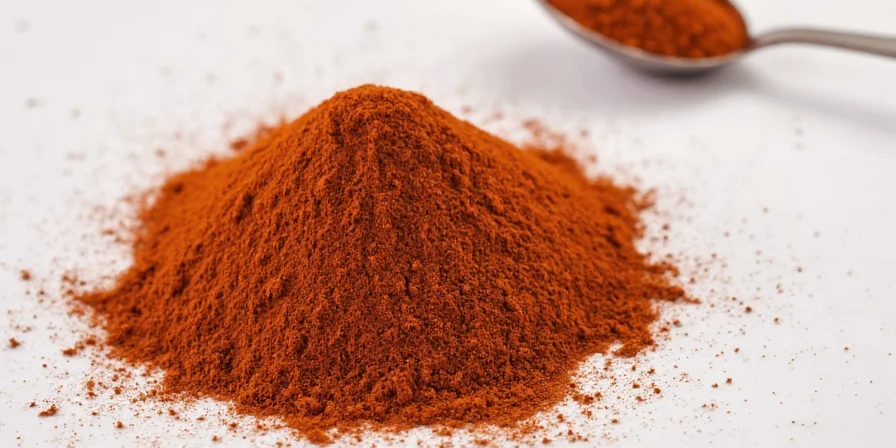
Conclusion: Raz El Hanout — Worth the Mystery?
Raz El Hanout may seem like a black box of spice wizardry, but once you understand its soul — balance — you’ll find yourself reaching for it more and more. Whether you’re roasting lamb for a dinner party or spicing up your morning eggs, this North African marvel adds layers of warmth, aroma, and cultural richness to any dish.
So go ahead, embrace the mystery. Make a batch. Or buy one. Then sprinkle a little magic into your kitchen — and maybe even into your next conversation about why cinnamon doesn’t get enough credit in barbecue rubs.
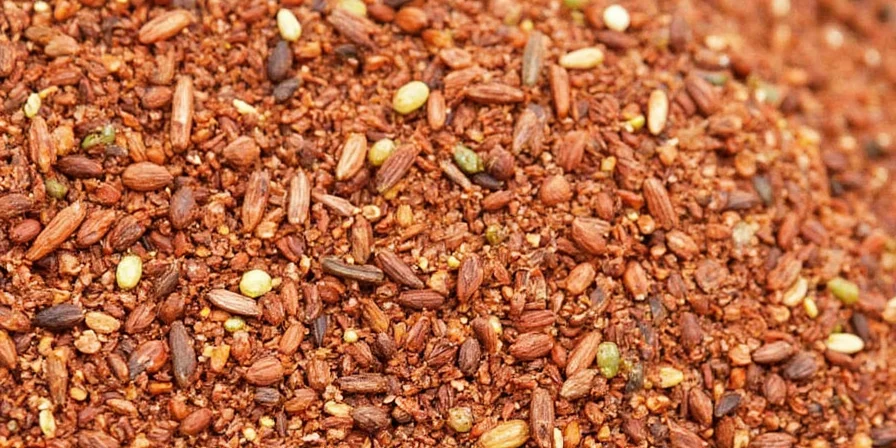
Now go forth, season boldly, and let your inner spice guru shine.











 浙公网安备
33010002000092号
浙公网安备
33010002000092号 浙B2-20120091-4
浙B2-20120091-4